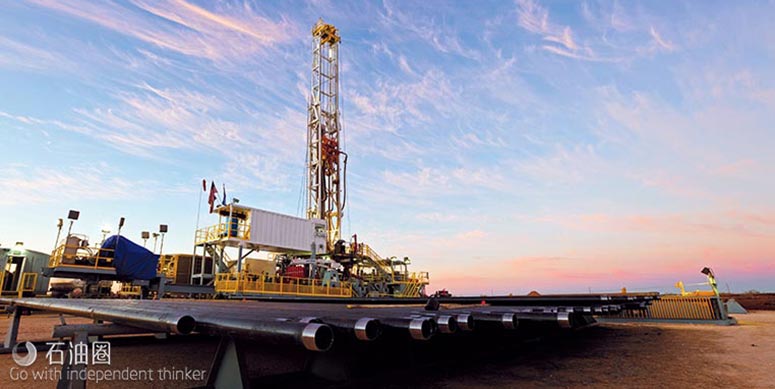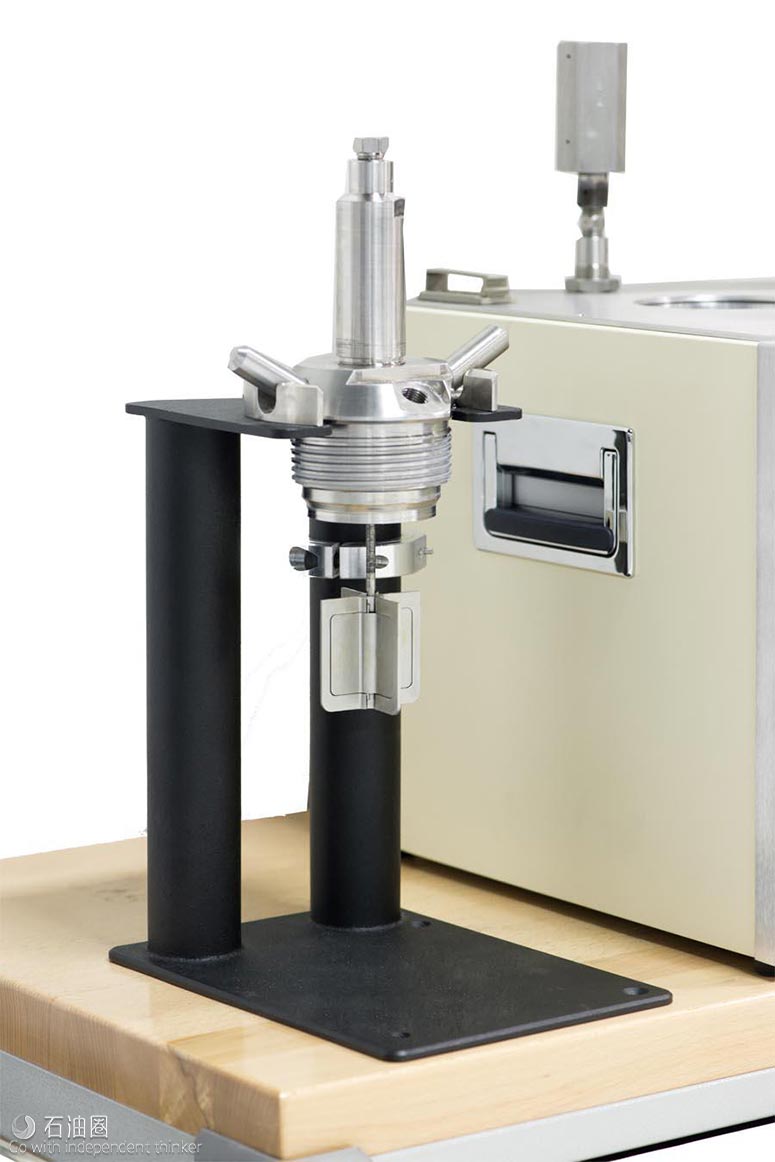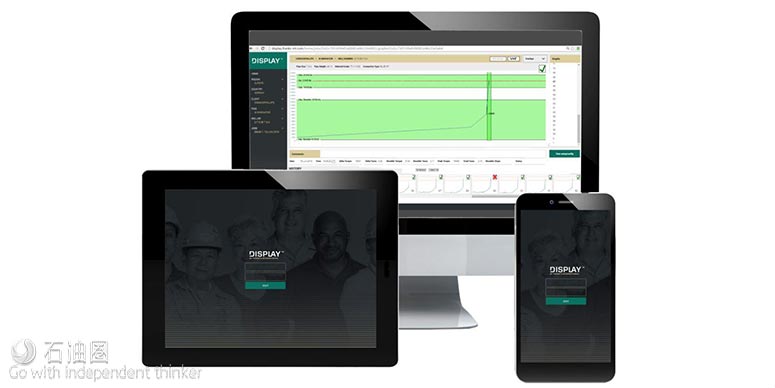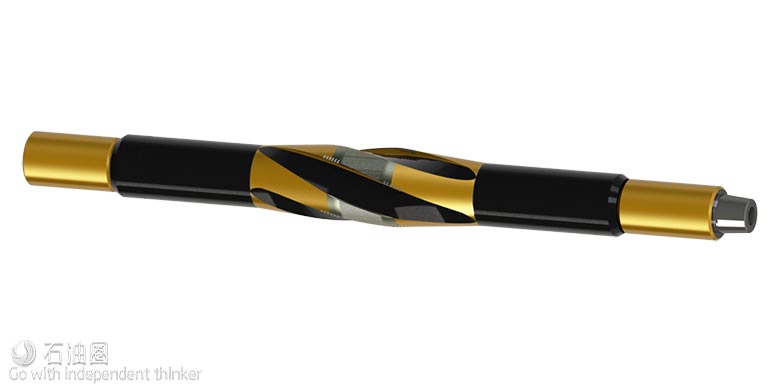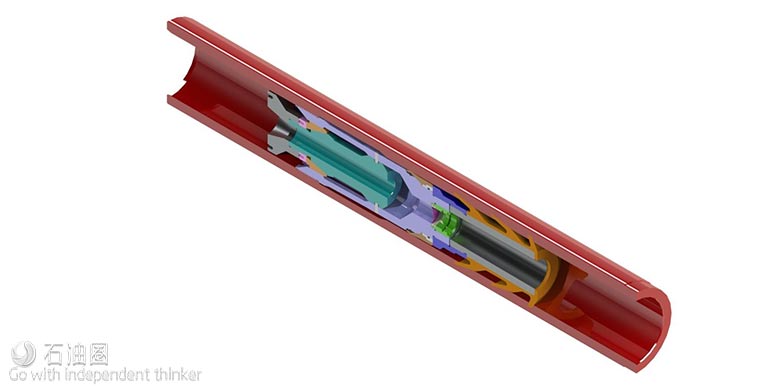There’s not much that can happen in the “shale patch” if there is not a hole in the ground for drillers to leave their mark. Drilling is hard on the crew, rig and tools but it is especially demanding on all when toiling away in the shale plays across the U.S., like the Permian Basin or Haynesville.
But the efficiencies have paid off. In some plays the rig count is no longer a true metric for the health of the drilling industry because of innovations like pad drilling and longer laterals. A single rig can now expose much more of the reservoir than before, enabling enhanced completions that help bring more resource to the surface. Across the shale plays drillers continue to increase ROP while reducing their footprint.
Technology companies capitalized on the brief pause in the rig market to rev up their R&D efforts to deliver tougher and more robust tools for when the market returned. From reamers to solids control, from walking rigs to digital applications, the tools featured in this section demonstrate the evolution of technologies for shale drilling.
DETERMINE POTENTIAL GAS AND FLUID MIGRATION IN WELL CEMENTING
AMETEK Chandler Engineering has released the Model 5265MG mechanical gel strength analyzer that directly measures gel strength development of well cement slurries under downhole conditions. The analyzer helps optimize cement slurries and accurately determine the potential for annular gas and fluid migration. The analyzer also provides the most accurate simulation of dynamic slurry conditioning during the placement phase as well as the static gel phase of the operation. The analyzer’s design includes a precision motor coupled with a reaction force transducer that allows the instrument to precisely measure phase changes. The motor is capable of precise speed control as low as 0.2 degrees/min for the gel phase and up to 150 rpm for slurry conditioning. The analyzer can operate at maximum temperature of 204 C (400 F) and maximum pressure of 20,000 psi. Reaction torque measurement ranges from 10 lb per 9 sq m (100 sq ft) up to 1,500 lb per 9 sq m.
SOLIDS CONTROL SYSTEM EFFICIENTLY SEPARATES CUTTINGS, REDUCES COSTS
Cubility’s MudCube is a compact, lightweight solids control system that eliminates the traditional process of shaking fluids and solids. The improved separation capabilities of the system lead to higher quality drilling fluid, fewer chemicals required to maintain properties, more drilling fluid recycled back to the mud tanks and less waste. In a deployment on the Marcellus, cuttings were easily lifted out of the wellbore, leading to immediately improved solids control and waste disposal. Cubility partnered with Stage 3 Separation to provide modular MudCube stands specifically designed for onshore operations. This ensures that the system is easy and inexpensive to install, with minimal impact on ongoing operations. The system also improves drilling efficiencies with stable drilling fluid properties and effective drilling fluid management, resulting in higher ROP, reduced stuck-pipe incidents and increased wellbore stability.
REAMING ASSEMBLY WIDENS, CONDITIONS WELLBORE DURING DRILLING
Wellbore conditioning technology is of growing importance for enabling oil and gas operators to achieve the technical limits of today’s drilling challenges. The Drill- N-Ream is a reaming assembly technology that widens and conditions the wellbore during the drilling process, eliminating the requirement for a dedicated reaming run. Distributed by Drilling Tools International, the technology reduces torque, drag, hook loads and stick/slip. It also minimizes bead and friction reducer usage. In terms of drilling performance, there is enhanced weight transfer to bit, improved ROP, minimized mud motor failures and diminished downhole vibration. Opposing polycrystalline diamond compact (PDC) reamers centralize and stabilize cutting forces, and borehole drift can be enlarged up to ? in. over bit size. Progressive blades shear the formation with minimal torque, and diamond domes protect the casing and PDC cutting structure during trips and drillouts. The profile relief located near the blades entice the formation into the PDC cutting structure to maximize the amount of formation that is contacted while conditioning the wellbore. Drill-NReam’s resulting conditioned wellbore and drilling optimization save the user time and money. The tool ranges from 2 m to 3 m (8 ft to 10 ft) in length, weighs between 350 lb and 1,200 lb and has an inside diameter of 1 ? in. to 3 ? in. and an outside diameter of 4 ? to 14 ? in.
RIG PACKAGE IMPROVES EFFICIENCIES, MAXIMIZES SAFETY
Drillmec developed the Striker-800 shale drilling rig to offer the oil and gas industry an off-the-shelf package to lower the well’s breakeven point. Rig features maximize safety while reducing rigup and moving time and improving cluster drilling with efficiency and reliability. For example, the rig is laid out in a space-efficient design to optimize batching operations on multiple lines. Mast raising and setback is a one-shot hydraulic safe-lift operation, with the top drive, torque tube and service loop permanently installed in the lower section of the mast. Another characteristic that enhances safety and performance is the built-in well control package and smart power management system.
DIGITAL MONITORING OF TUBULAR RUNS
In response to global depletion of oil and gas, the industry has developed innovative means to access previously unobtainable resources. Hydraulic fracturing, for example, can release natural gas from shale formations and, along with horizontal drilling, can even maximize production. Unfortunately, shale gas often entails safety, financial and ecological risks. As such, tubulars and connections must be able to reliably endure high internal pressure and temperatures, resist corrosion via sour gases and withstand the extreme bending of horizontal drilling. Frank’s International’s DISPLAY digital application helps ensure connection integrity in high-risk wells by enabling remote live viewing of connection torque-turn data. With more than 20 successful field jobs to date, the system allows users to log in to a webpage from any PC, laptop, tablet or smartphone to view computer-analyzed makeup graphs live as connections are made up throughout the tubular run.
REAMER TECHNOLOGY CAN REPLACE USE OF CONVENTIONAL STABILIZERS
In traditional drilling, multiple problems often become apparent in the wellbore, including tight spots, swelling shale or collapse. Back-reaming the wellbore solves these problems but also takes up valuable rig time. Geopro’s MRS stabilized accentuated reamer (STAR) features a positive displacement motor that continuously reams and back-reams the wellbore as soon as circulation starts. The tool consists of a motor-stator design to operate in the toughest of conditions. The reamer is self-torque-generating and can replace conventional stabilizers, giving drillers the ability to continuously ream in and out of the wellbore without string rotation. This family of tools should enable drilling teams to ream in and out of hole without string rotation, making it ideal for tight spots, hole pack-offs, swelling shales and all manner of wellbore instability-related issues. Due to its internal power generation, this tool will contribute less torque to the string in drilling mode that regular reamers or stabilizers. String rotation can be used to increase the available torque at the STAR for rock destruction and deformation. Due to its offset dynamics and harmonics, the tool is expected to reduce stick/slip or drillstring vibrations. The reamer is bored in the center to ensure better signal transfer for telemetry systems that communicate using the internal fl uid medium in the drillstring. STAR will act as a conventional stabilizer as well as a reamer.
TECHNIQUE ‘FLOATS’ CASING INTO THE WELLBORE
Buoyancy-assisted casing equipment (BACE) allows operators to run casing to planned depth of highly deviated or horizontal wellbores due to the frictional drag between the casing and formation in shale plays exceeding total casing weight. Minimizing these drag forces is the secret behind extending the reach of these wells. Halliburton developed a technique that “floats” the casing into the wellbore by trapping air or lightweight fluid in the lower section of the casing string. The length of the resulting buoyant chamber can be modified depending on the desired casing-weight reduction. The reduced casing weight results in lower drag force, which increases the possible running depth and minimizes the chances of the casing buckling or sticking. The BACE tool is integral with the casing string; does not incorporate any shear pins to the outer diameter, which could serve as leak paths; and does not need any debris barriers that could block free flow when it is needed the most. Recently an operator was faced with a significant challenge in running casing with fiber optics in an extendedreach shale play. The casing could not be rotated during the run in hole. During the previous run prior to BACE, the casing missed depth by 853 m (2,800 ft), resulting in nonutilized production. On the second run the operator turned to Halliburton. After simulating the torque and drag using Landmark’s WELLPLAN software, Halliburton suggested BACE and landed casing at total depth in only three days—saving two days of rig time and 853 m of additional production.

 石油圈
石油圈